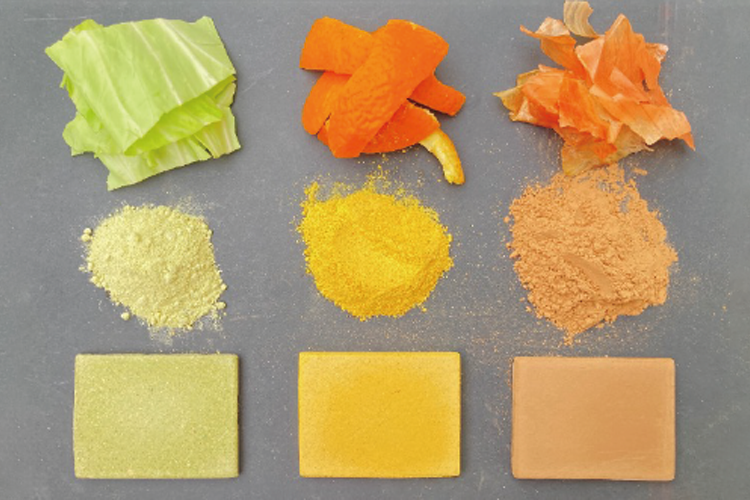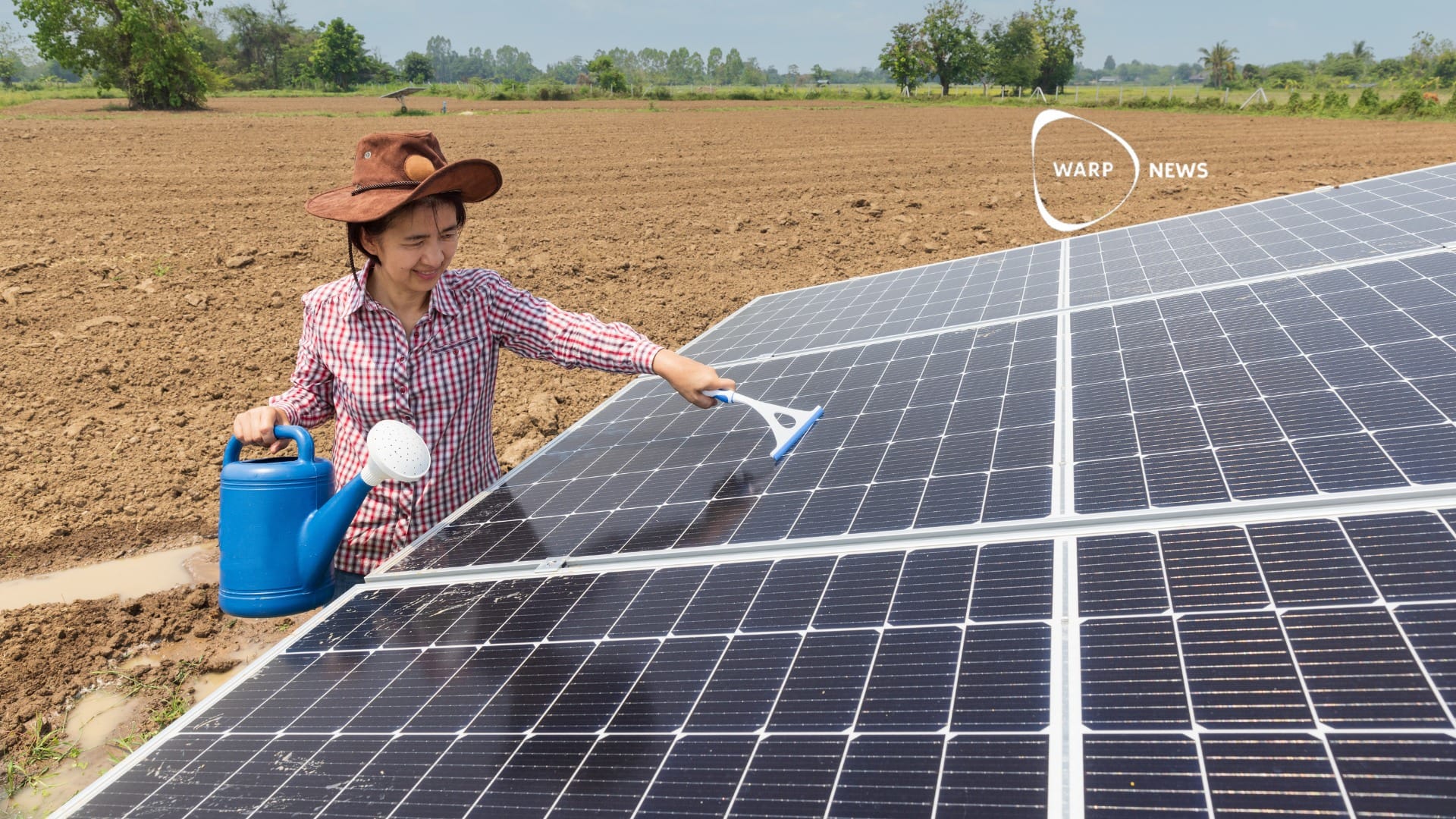
🏗 Food scraps are turned into building material
Discarded fruit and vegetable scraps are turned into a building material stronger than concrete and it is even edible.
Share this story!
About hundreds of billions of pounds of food waste are thrown away every year. Not only is it environmentally unfriendly, it’s also extremely costly. Researchers in Tokyo have developed a method that turns discarded fruit and vegetable scraps into robust construction material.
“Our goal was to use seaweed and common food scraps to construct materials that were at least as strong as concrete,” explains Yuya Sakai, the senior author of the study, in a press release from Institute for Industrial Science, the University of Tokyo.
“But since we were using edible food waste, we were also interested in determining whether the recycling process impacted the flavor of the original materials.”
Scientists working on the project use a “heating pressing” concept otherwise used to turn wood powder into construction materials. Instead of wood powder the researchers use vacuum-dried, pulverized discarded food as the constituent powder. They use for example seaweed, cabbage leaves, orange, onion, pumpkin, and banana peels.
This technique starts off with blending the food powder with water and seasoning. After that, the mixture is pressed into a mold at a high temperature. According to the Good News Network the researchers also tested the materials bending strength as well as monitored its appearance, taste and smell.
“With the exception of the specimen derived from pumpkin, all of the materials exceeded our bending strength target,” says Kota Machida, a senior collaborator.
“We also found that Chinese cabbage leaves, which produced a material over three times stronger than concrete, could be mixed with the weaker pumpkin-based material to provide effective reinforcement.”
This new material kept its edible nature throughout the process. Adding salt or sugar improved the taste without affecting the material’s strength. It stayed unchanged in appearance and taste after being exposed to air for four months. The material also resisted insects, rot and fungi.
It’s well known that food waste is a global financial burden and an environmental problem. However, developing methods like this one provides us with a wide range of possibilities from one single technology.
Picture: University of Tokyo via Good News Network
By becoming a premium supporter, you help in the creation and sharing of fact-based optimistic news all over the world.


